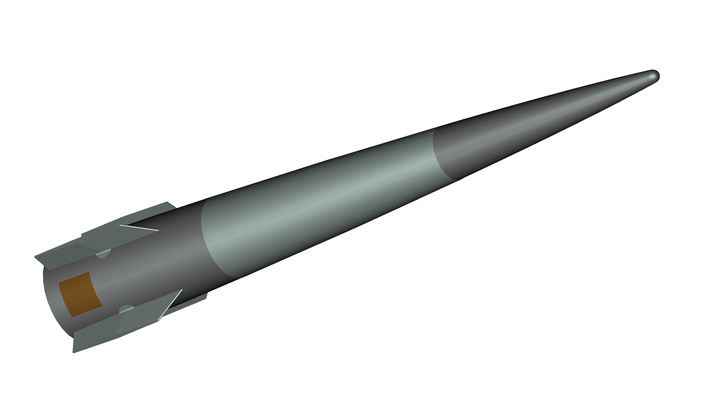U.S. Navy secretly tested advanced hyper velocity projectiles
Posted on
The U.S. Navy secretly tested advanced
Twenty
USNI News got the scoop on the previously unannounced tests, citing anonymous sources, but did not say specifically when the test firing had occurred or if the experiments had successfully fulfilled all of the test points.
According to USNI media report, the test, conducted by the Navy and the Pentagon’s Strategic Capabilities Office as part of the Rim of the Pacific (RIMPAC) 2018 international exercise, was part of a series of studies to prove the Navy could turn the more than 40-year-old deck gun design into an effective and low-cost weapon against cruise missiles and larger unmanned aerial vehicles.
The hyper velocity projectile is being cast as a low-cost alternative to the weapons currently used against cruise missile threats. Each Evolved Sea Sparrow Missile, for example, costs $2 million; every Rolling Airframe Missile runs another $1 million; shooting a single Standard Missile 2 has a price greater than $400,000.
“If you think about the kinds of threats you might face in the Middle East, the lower-end cruise missiles or a larger UAV, now you have a way to shoot them down that doesn’t require you use a $2 million ESSM or $1 million RAM, because a hyper velocity projectile — even in the highest-end estimates have it in the $75,000 to $100,000 range, and that’s for the fanciest version of it with an onboard seeker,” Bryan Clark of the Center for Strategic and Budgetary Assessments told USNI News.
Officials told the publication the RIMPAC test was unclassified, but the Office of Secretary of Defense and the Office of Naval Research have declined to acknowledge it.
The

The HVP’s low drag aerodynamic design enables high-velocity, maneuverability, and decreased time-to-target. These attributes, coupled with accurate guidance electronics, provide low-cost mission effectiveness against current threats and the ability to adapt to air and surface threats of the future.
The high-velocity compact design relieves the need for a rocket motor to extend gun range. Firing smaller, more accurate rounds decreases the likelihood for collateral damage and provides for deeper magazines and improved shipboard safety.

Subscribe to our newsletter
Promotions, new products and sales. Directly to your inbox.
